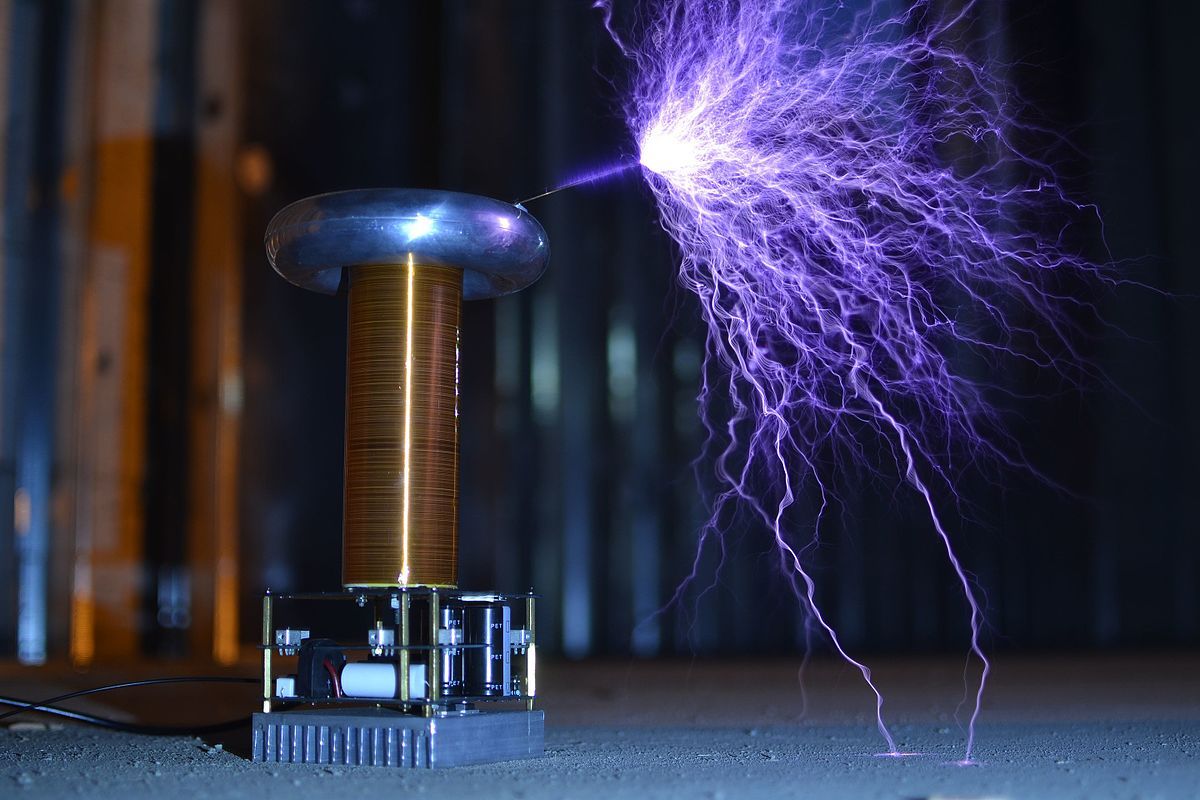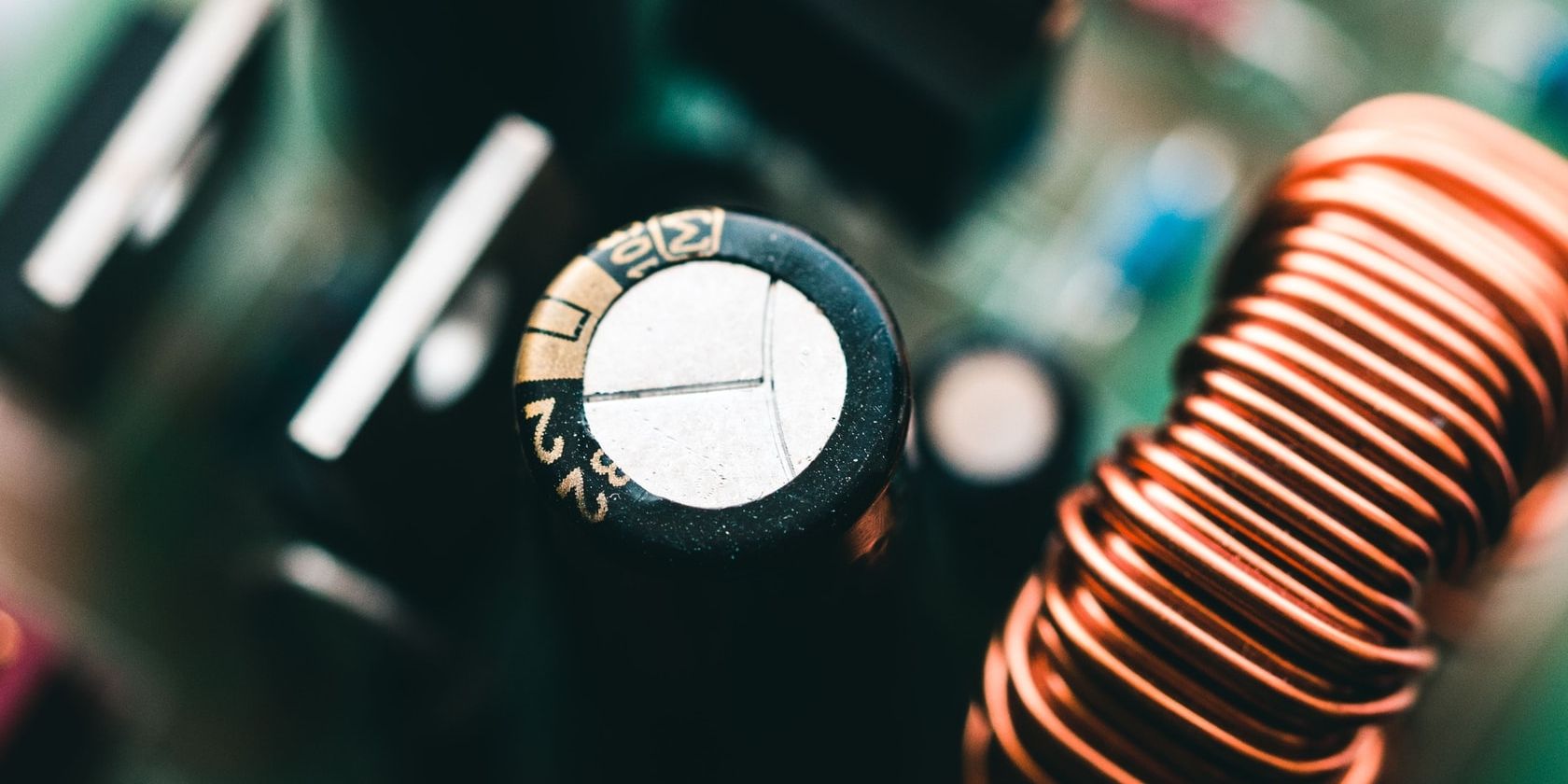Electricity is everywhere in the modern world. It surrounds you at home, at work, and when you are out and about, and many of the devices you use each day rely on electricity to work. Of course, though, this form of energy can also damage your electronics (and even you) if issues like electrostatic discharge (ESD) are ignored. But what is ESD and how does it work?
What Is ESD (Electrostatic Discharge)?
Electrostatic discharge occurs when two electrically charged objects come into contact with one another. The electricity flows between the objects to balance the charge between them, often with enough power to create visible arcs.
For example, jumping on a trampoline while wearing socks causes a build-up of static electricity in your body, thanks to the friction between your socks and the trampoline. If you touch someone who hasn’t been jumping on the trampoline, the difference in electrical charge between your bodies will cause an electrostatic discharge. This is harmless and will only cause a minor shock, but ESD can be more powerful depending on the circumstances.
Can ESD Damage Electronics?
Electrostatic discharge is known for causing damage to sensitive electronics. This damage can occur in a number of different ways depending on the potency of the ESD and the type of electronics you are working with.
- Shorting: ESD can cause shorting by connecting two parts of a circuit that shouldn’t be connected. This will usually only occur if the electronics are powered up when the ESD hits them, and it may not cause permanent damage.
- Over-Powered Components: Many small electrical components have specific power ratings. Potentially coming in at thousands of volts, ESD can over-power the components inside your electronics and damage them from the inside out.
- Heat Damage: ESD can create a significant amount of heat very rapidly, and this has the potential to cause physical damage to the components inside your electronics.
ESD damage isn’t always immediately apparent. While it will often damage electronic components beyond repair, this damage may not be fatal right away. This means that electronics that have been hit with ESD can end up breaking weeks or even months down the line.
How to Avoid Static Electricity Discharge Damage
Avoiding ESD is easier than you might expect. You should always take care to ground yourself before working on electronics, as this will dissipate any electrical charge your body has generated. And, of course, you should always turn off your electronics before you open them up.
Alongside this step, it can be worth using an anti-static mat when working on sensitive electronics like a computer. You can also get your hands on special wristbands that plug directly into a wall outlet and divert current away from you and your electronics.
ESD Hardware Damage
Repairing hardware that is damaged by ESD can be incredibly difficult and expensive. This makes it well worth taking steps to avoid this problem in the first place, protecting yourself and the electronics you work on.




